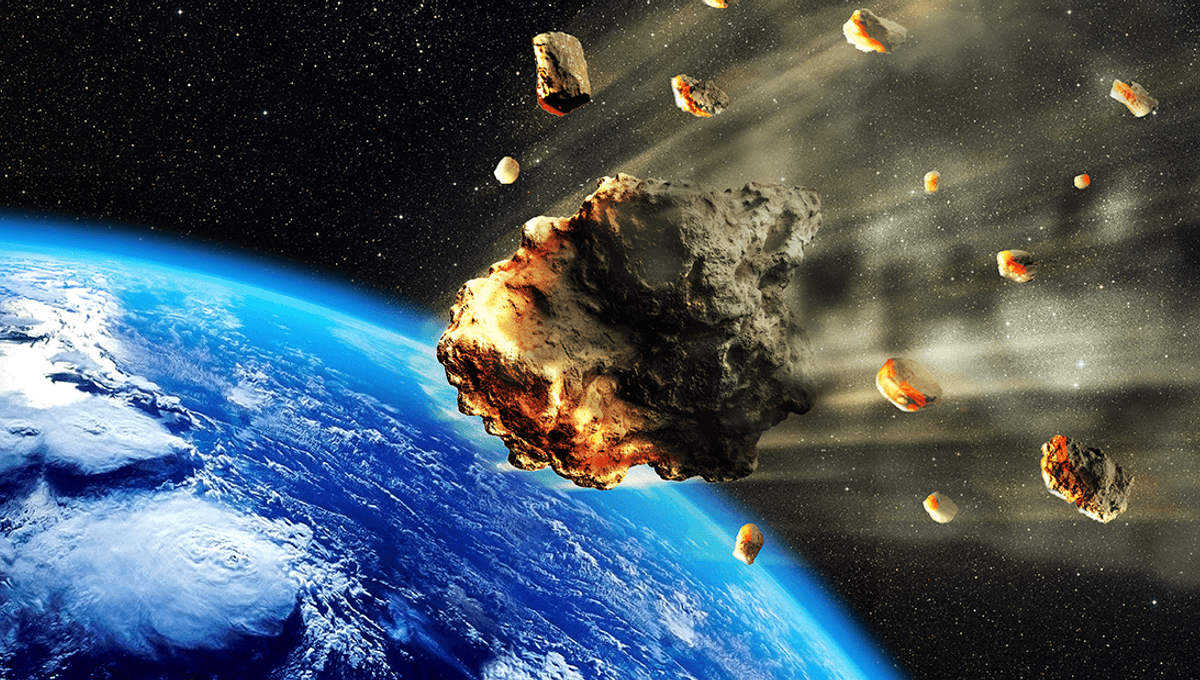
A study of the orbit of known space objects has found that the Earth is safe from impact events for at least around 1,000 years.
NASA and other observatories track the orbits of objects discovered in the Solar System, keeping a particular eye on “near Earth objects” (NEOs) 140 meters (460 feet) and larger in size that could cause devastation if they were to cross paths with Earth. By observing the orbits, astrophysicists are able to estimate the future orbits of the objects, and predict whether they put them in our part of the Solar System.
So far, astronomers have been able to predict the orbits of known objects up to about 100 years in the future. The good news is that “no known asteroid larger than 140 meters in size has a significant chance to hit Earth for the next 100 years”, according to NASA. In better news, a team led by Oscar Fuentes-Muñoz from the University of Colorado Boulder was able to go further, predicting the paths of larger asteroids 1,000 years into the future.
“Assessing the impact risk over longer time scales is a challenge since orbital uncertainties grow. To overcome this limitation we analyze the evolution of the Minimum Orbit Intersection Distance (MOID), which bounds the closest possible encounters between the asteroid and the Earth,” the team explain in their paper. “The evolution of the MOID highlights NEOs that are in the vicinity of the Earth for longer periods of time, and we propose a method to estimate the probability of a deep Earth encounter during these periods.”
Using this method, the team were able to rule out the majority of NEOs from hitting our planet within the next thousand years, and could estimate the probability of others hitting us like a bunch of dinosaurs. The probability of being hit before the year 3000 is looking pretty low according to the team, with the most-likely object to hit us – 7482 (1994 PC1) – having only a 0.00151 percent chance of a close encounter, approaching the Earth closer than the orbit of the Moon.
Of course, not all objects have been found, though estimates suggest we have found 95 percent of the objects over 1 kilometer (0.62 miles) in size, so there’s a chance one of the ones we haven’t found yet is heading right at us. Large asteroid impacts on Earth, however, are pretty rare (although not as rare as we once thought), which we can tell by studying impact craters around the world. Nevertheless, NASA has been preparing for the possibility, last year succeeding in redirecting an asteroid by slamming a probe into it.
The team hopes that their approach can be used to identify potentially hazardous objects, as well as when we should be on the lookout for close approaches.
“The long-term hazard ranking could be made available to the planetary defense community,” the team concluded, “as the most hazardous NEOs should be objects of interest for more detailed observations and future exploration mission”.
The paper, which has been accepted for publication in The Astronomical Journal, is available on preprint server arXiv.
[H/T: MIT Technology Review]
Source Link: Asteroid Study Predicts Earth Is Safe For 1,000 Years